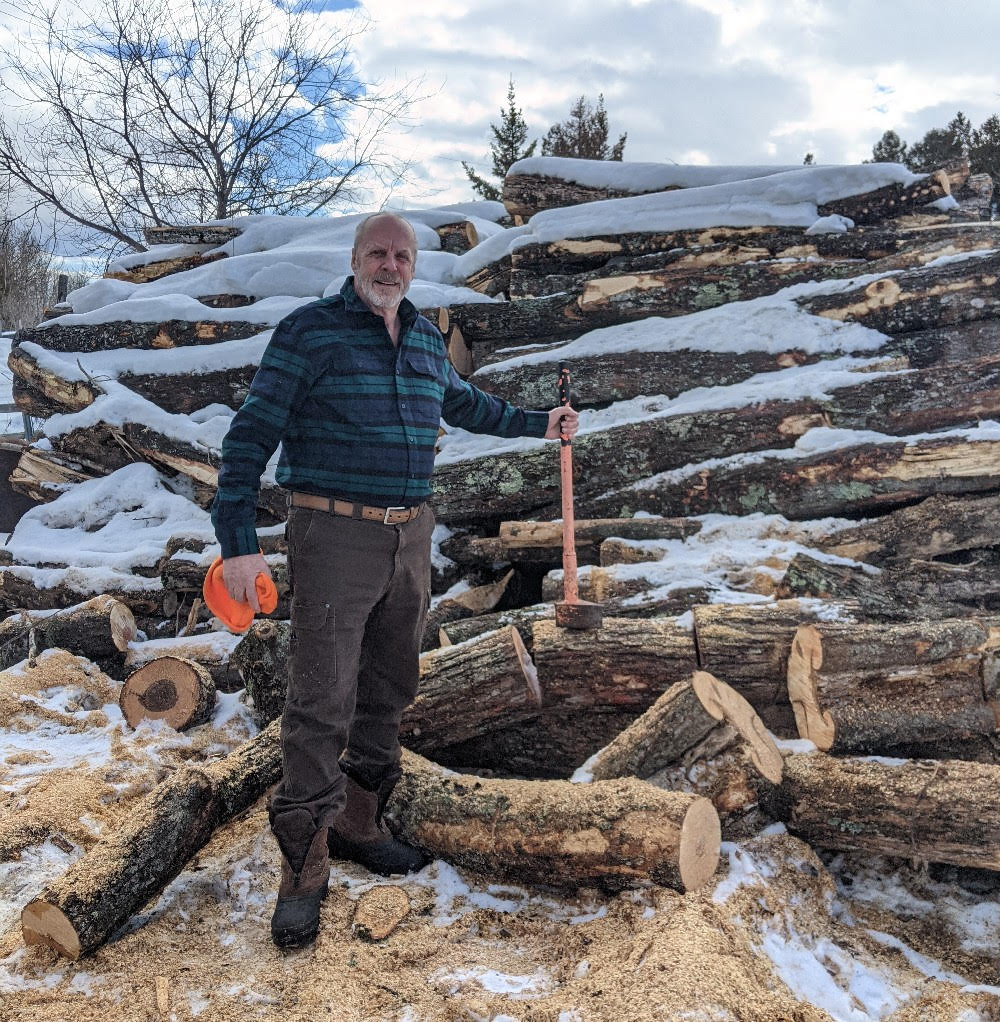ONTONAGON, Mich. (Michigan Back Roads) – Some Upper Peninsula waterfalls have become favorites with visitors who love the sound of the roaring waters, the sight of the foaming rivers, and mist filled forests. However, some travelers prefer quiet and solitude along with spectacular views. That is just what you’ll find at Bonanza Falls.
Where is Bonanza Falls?
It’s a tranquil spot where you can pause and absorb the solitude of a wilderness river waterfall, surrounded by a pristine pine forest. There are no huge billboards advertising this waterfall, so it remains little known and relatively unspoiled.
MORE NEWS: Icebreakers End 900-Hour Season on the Lakes
Located on the Big Iron River just east of the Porcupine Mountains, Bonanza Falls is picturesque and very easy to visit. In fact, you can almost drive right up to it.
The waterfall consists of a series of small cataracts formed by wide steps or platforms of bedrock that stretch across the riverbed from bank to bank. When the water level is low, it is easy to hike out and picnic right in the middle of the river surrounded by individual waterfalls. It is quiet out on the river and visitors are often treated to visits by deer and eagles. Perhaps the terms “hidden treasure” or “hidden gem” have been overused when describing Michigan attractions, but in the case of Bonanza Falls the use of either would be more than justified.
A bit of history.
Tales of fabulous silver deposits have been around since the earliest days of exploration in the U.P. Silver mixed, but unalloyed with native copper, known as “free silver,” has been brought out of the copper mines. The legends grew large, since most of the silver was smuggled out of the mines, in the miner’s dinner pails. One silver deposit did exist, near the Iron River, just inland from Lake Superior.
Bonanza Falls was named by Austin Corser, in honor of his discovery of a rich pocket of silver ore in 1855. He kept this discovery secret for seventeen years because he couldn’t file a claim until a government land grant for a proposed railroad expired, in 1872. Once the discovery became public, the “silver rush” was on, including the establishment of the nearby town of Silver City.
The “silver rush.”
Early assays came in between $185.00 to $1,716.00 per ton. Unfortunately, the first silver ingot refined from the ore came out at $33.00 per ton. The upshot was that it would cost more to mine the silver, than it was worth. By 1876, the “silver rush” was over. Then, the lumber companies arrived. The Greenwood Lumber Company flourished for a while beginning in 1908, and the waterfall became known as Greenwood Falls. A forest fire wiped out most of the buildings in 1921. Now there are no remaining buildings and nature has reclaimed everything. In 1998, this spot was named a heritage site.
Directions.
From Ontonagon, take Route 64 west toward the Porcupine Mountains. Follow 64 when it turns south toward White Pine. After a couple of miles there is a very small sign announcing the turnoff to Bonanza Falls. The road is gravel and runs just a couple hundred yards to the gravel parking area. Walk through the line of trees and you will be at the riverbank and the falls.
